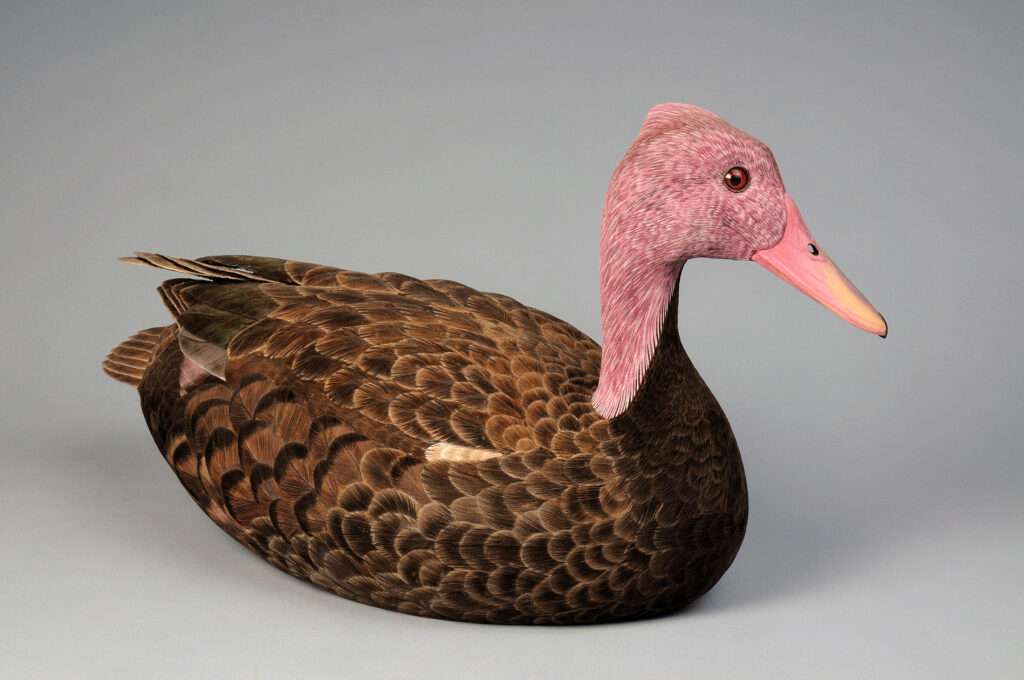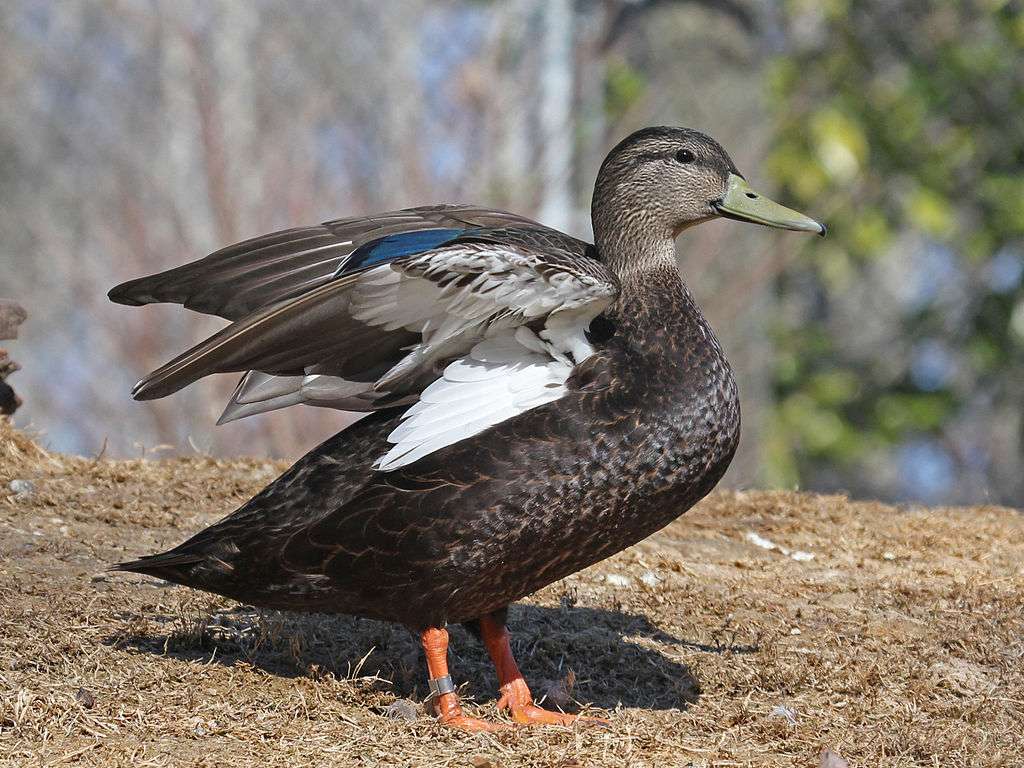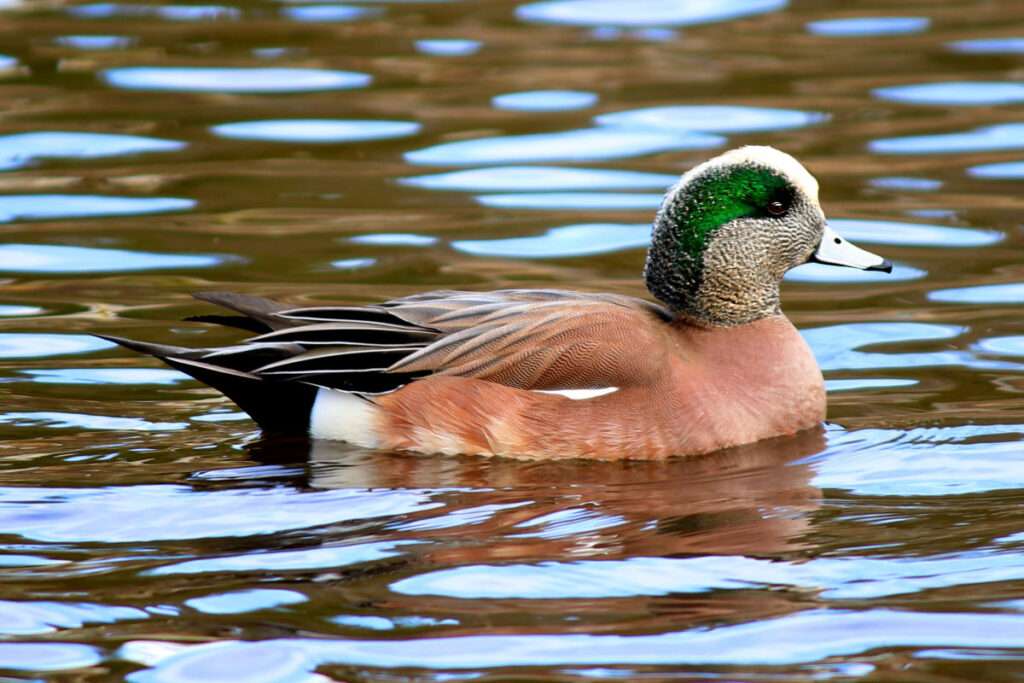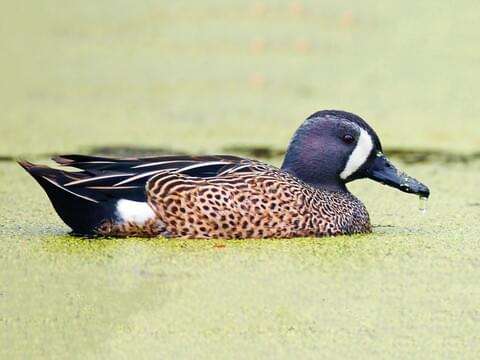
A huge diving duck, the pink-headed duck (Rhodonessa caryophyllacea) was previously abundant in the riverine marshes of Myanmar, Bangladesh, and the Gangetic plains of India, but it has been thought to be extinct since the 1950s.
Fun Facts
- The uncommon Australian name of zebra duck, which is more fitting, alludes to a pink spot in the corner generated by the black head pattern. However, this pink spot is only visible up close.
- The drying and filling of ponds that encourage higher quantities of organic material induce nesting.
Description
The Pink-headed Duck is a little duck with a massive square-tipped gray beak and heavily barred brown flanks. Its face is white with fine black bars around its huge brown eye patch. Behind the eye, there is a little pink patch. The upper wing is brown with a white trailing edge, while the underwing linings are white with delicately barred brown. When the bird is flying, there is a noticeable white crescent on the rump.

Diet
They are reliant on insects, crabs, mollusks, and plankton. With flexible mandibular flaps that channel water in a way that enables the ducks to filter algae and other plankton efficiently, their beak is well adapted for straining tiny creatures. They can also vortex feed, which involves two ducks spinning around a central point with one duck’s head opposite the other’s tail to concentrate food in a whirling water column.
Habitat
In forested places close to water, the Pink-headed Duck can be found. Although it favors ephemeral, shallow waters, large flocks can be found in open wetlands. It is a wandering species that is widely dispersed.
Table





